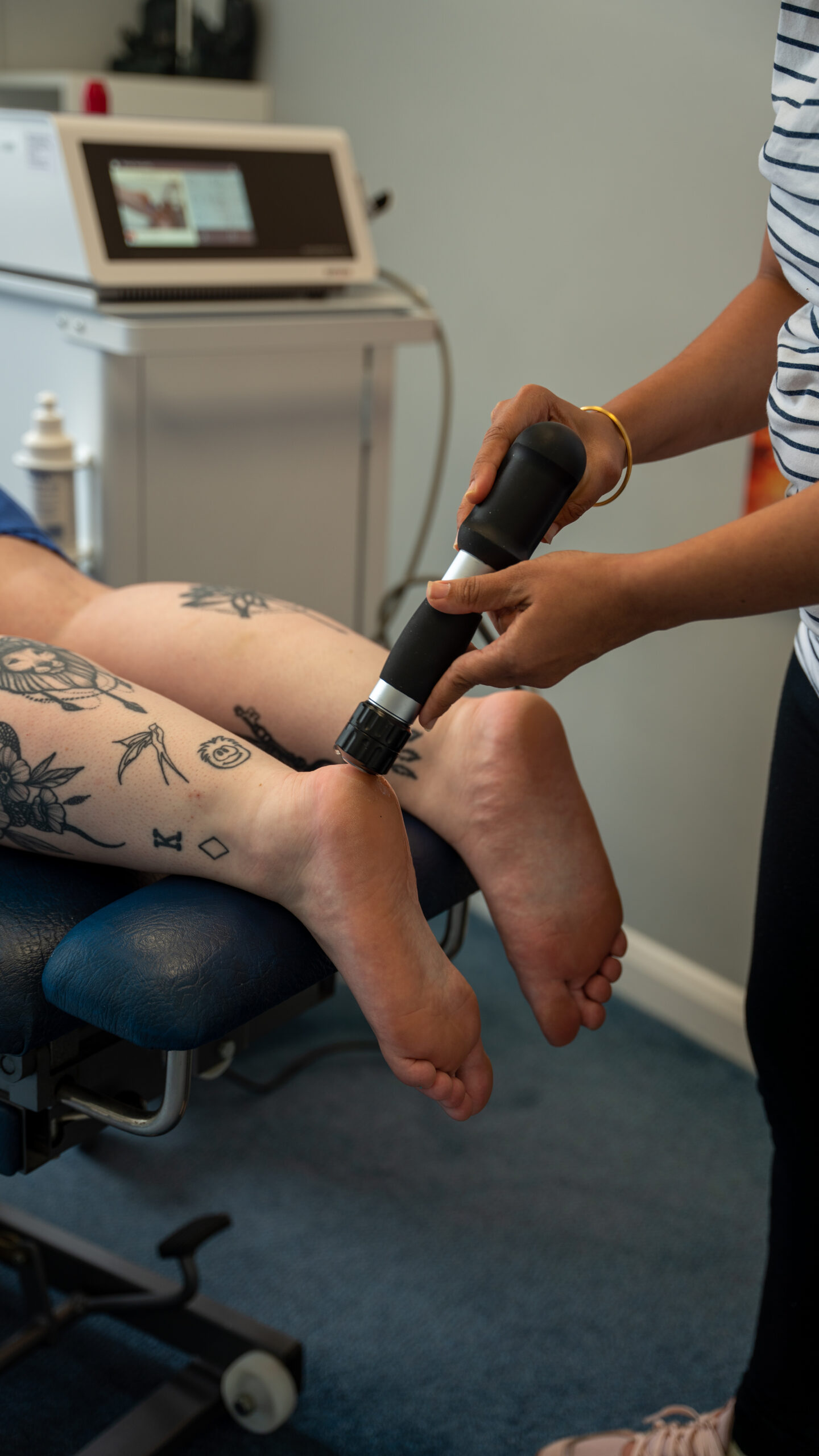When the Rotator Cuff Gets Injured
A healthy rotator cuff works quietly in the background. But when it’s injured, it can cause pain, weakness, and limited movement.
Unfortunately, rotator cuff injuries are very common, and they can make even simple tasks—like brushing your hair or lifting a bag—difficult. Many healthcare professionals, including chiropractors, consider these injuries challenging to treat.
What Causes a Rotator Cuff Tear?
Most rotator cuff tears fall into one of two categories:
1. Repetitive Micro-Trauma
These injuries happen slowly over time. Repeating the same shoulder motions (like painting, lifting, or throwing) wears down the tendons. Eventually, small tears develop.
People with these injuries often feel shoulder pain before the tear becomes severe.
2. Traumatic Injury
This type of tear happens suddenly, often from a fall, heavy lift, or sports injury (like throwing or swinging a golf club).
If you’ve had rotator cuff tendinitis in the past, the tendons may already be weakened by scar tissue, making them more prone to tearing.
Who’s Most at Risk?
Rotator cuff tears can affect people of all ages, but they’re much more common in older adults.
Here’s why:
As we age, the rotator cuff loses elasticity.
Blood supply to the tendons decreases, slowing down healing.
Everyday activities can cause damage in already weakened tissue.
Younger people can also suffer tears, but this usually involves sports injuries or trauma. Activities like swimming, baseball, or weightlifting put a lot of strain on the shoulder.
How Common Are Rotator Cuff Tears?
Not all tears cause symptoms. In fact, studies show:
Still, many people with tears don’t experience significant pain or disability. But for those who do, early diagnosis and treatment are important.
Can Chiropractic Care Help?
Yes! Chiropractic care is very effective for treating Grade I and Grade II rotator cuff tears. These are partial tearsthat often respond well to:
Manual therapy
Strengthening exercises
Postural correction
Joint mobilization
However, complete tears (Grade III) usually require surgical repair. Your chiropractor can help assess your injury and refer you to a specialist if needed.
Final Thoughts
Rotator cuff injuries are common—but they’re also treatable. With the right care, you can reduce pain, restore motion, and return to the activities you enjoy.
If you’re experiencing shoulder pain or weakness, don’t wait. Early treatment leads to better outcomes.


